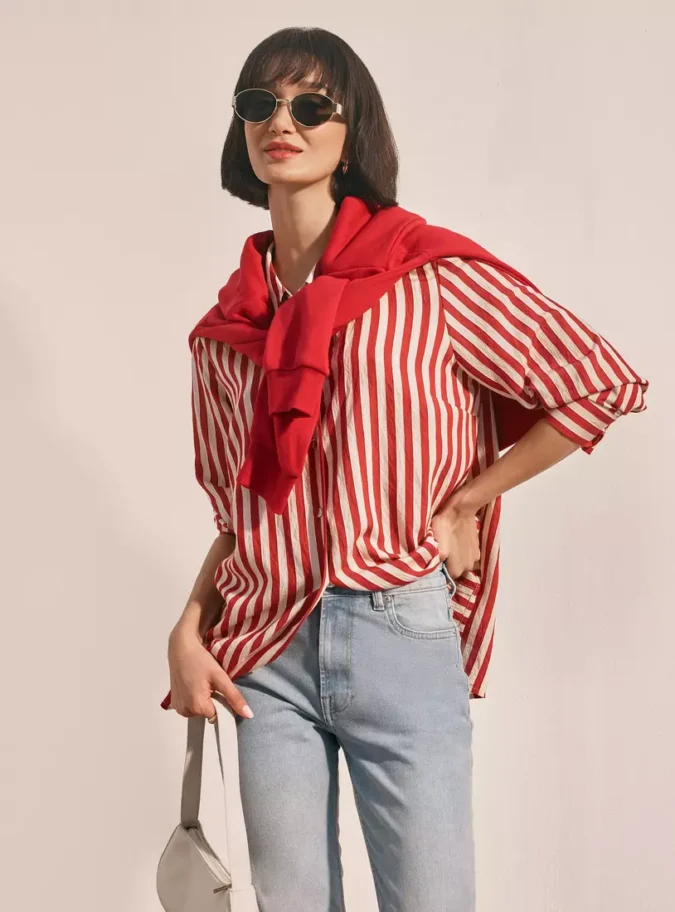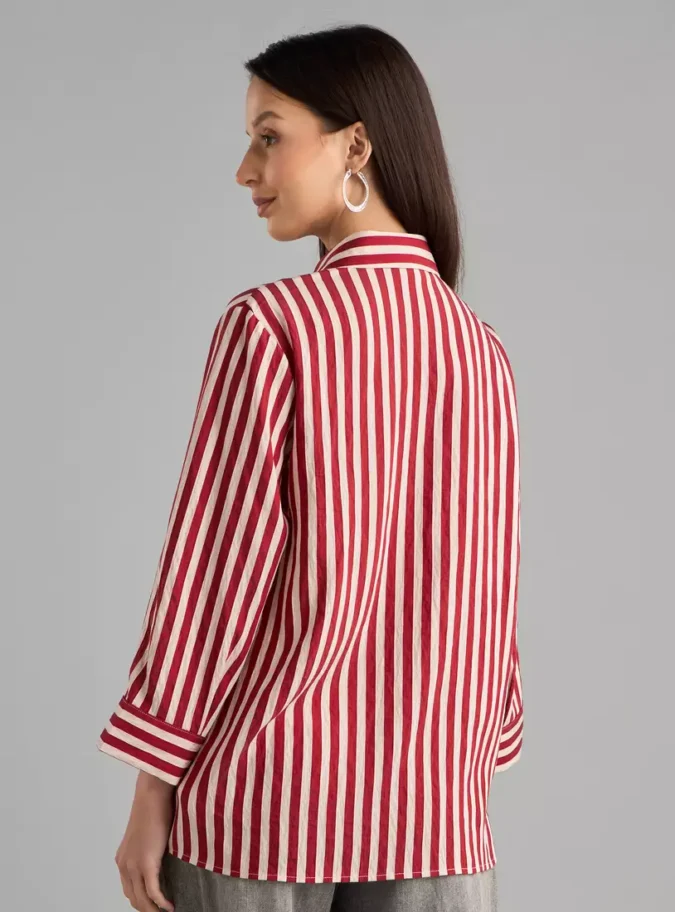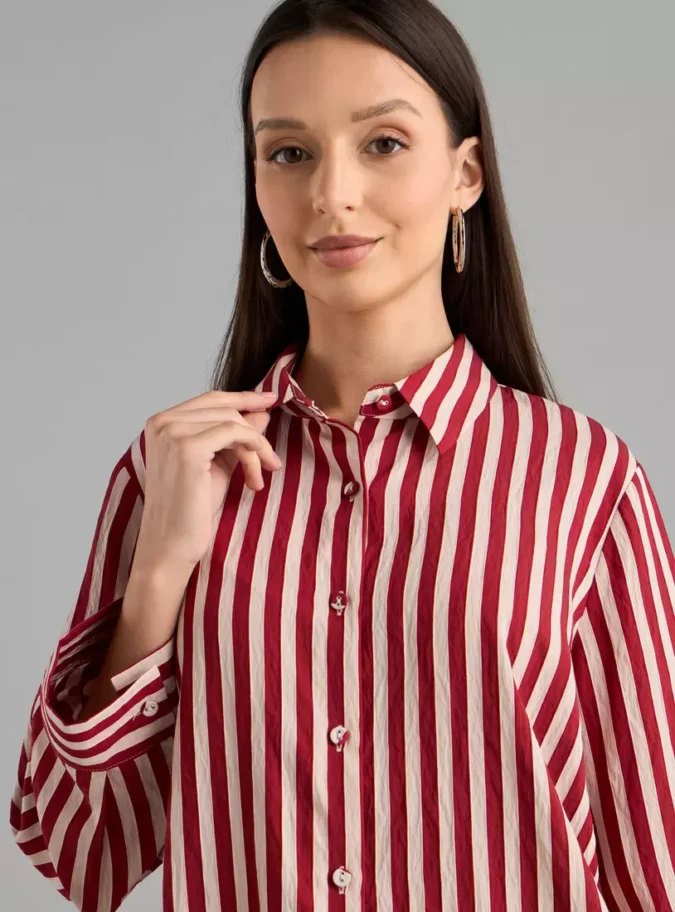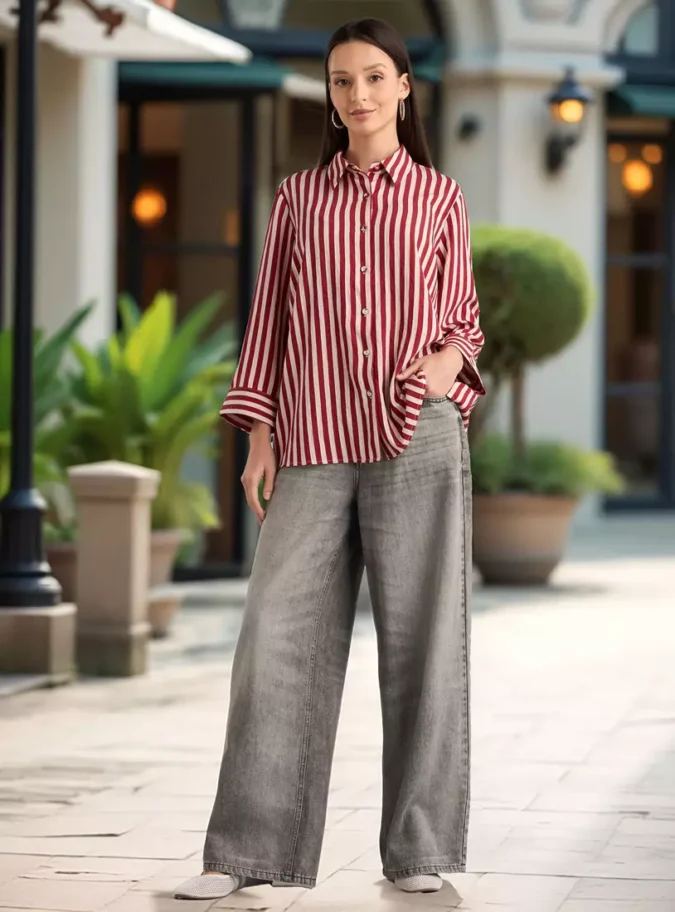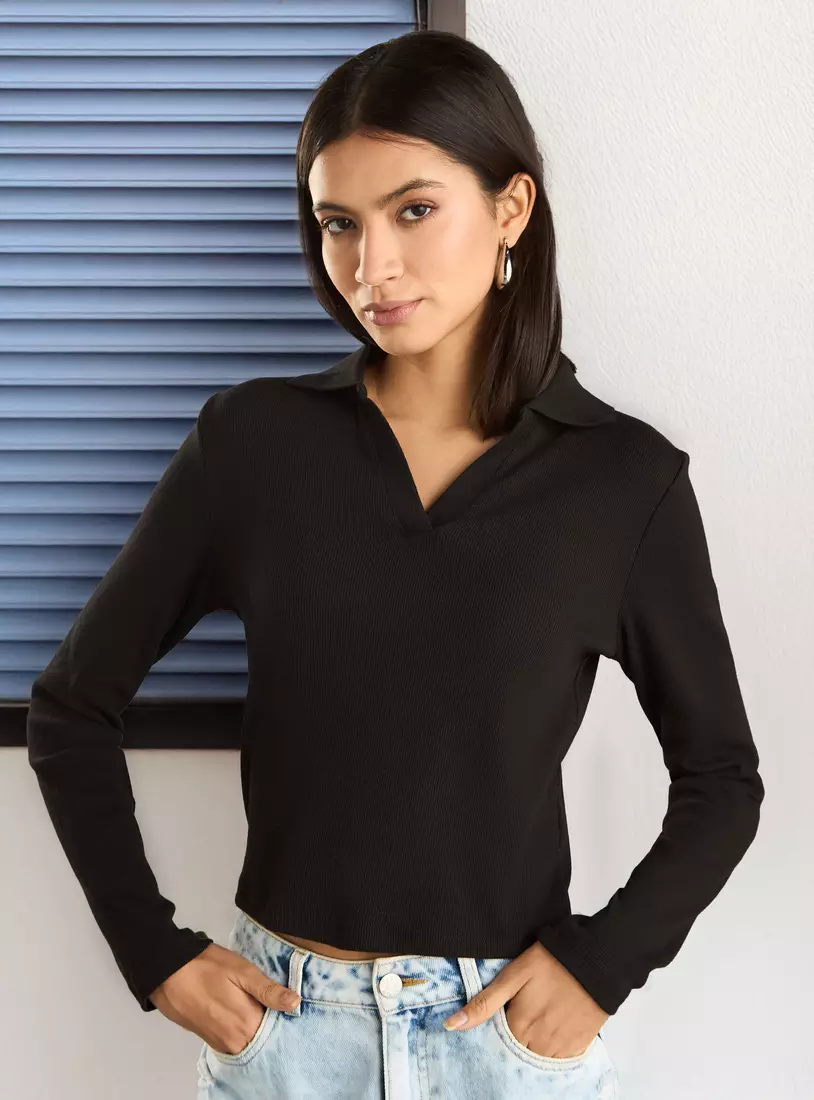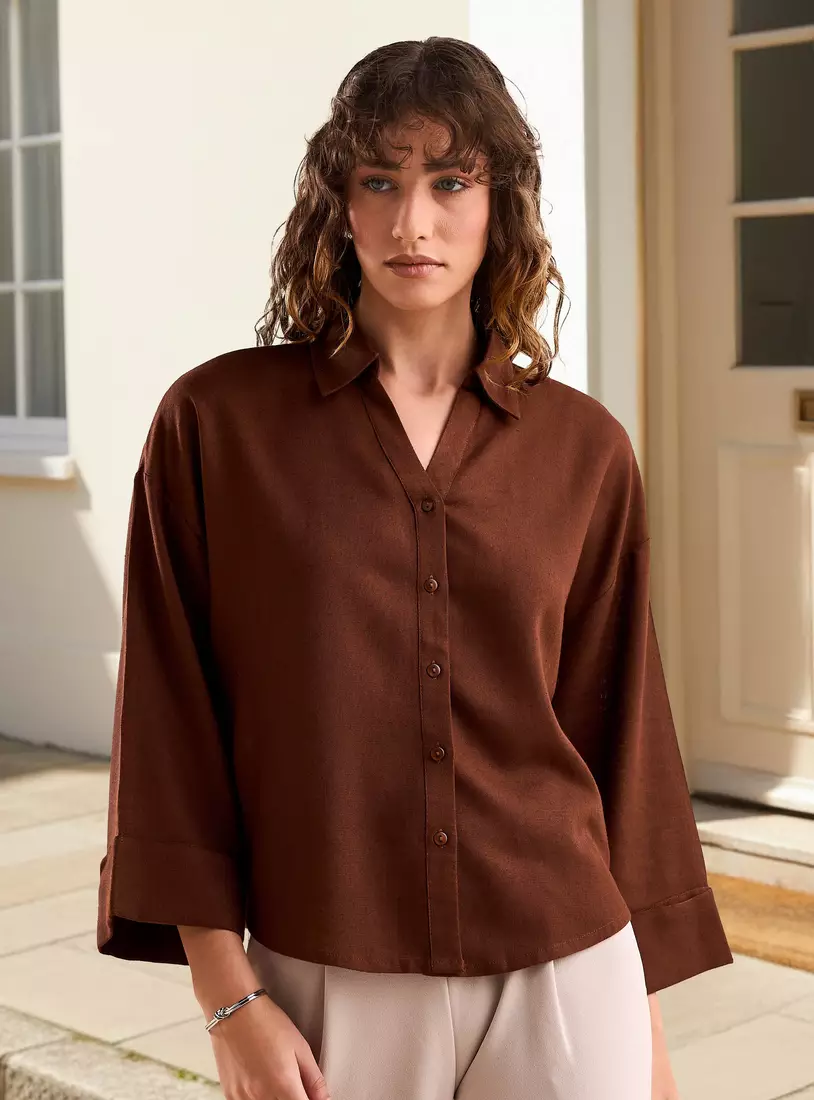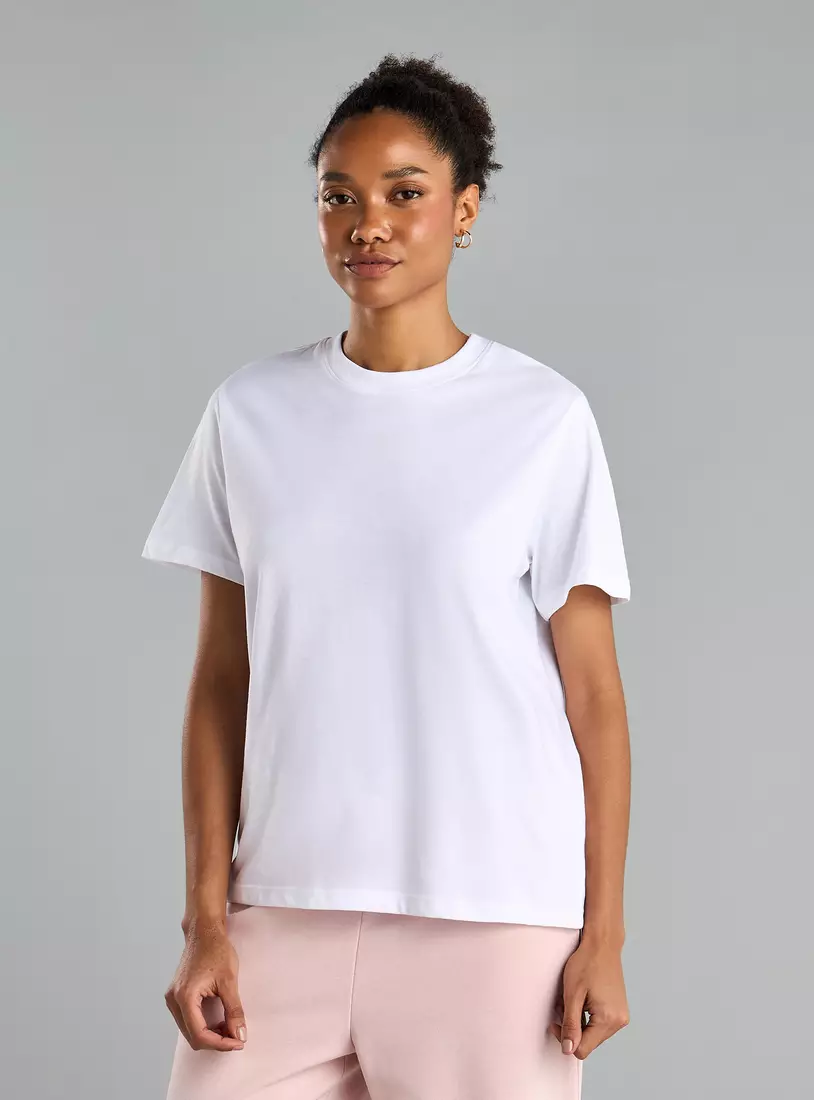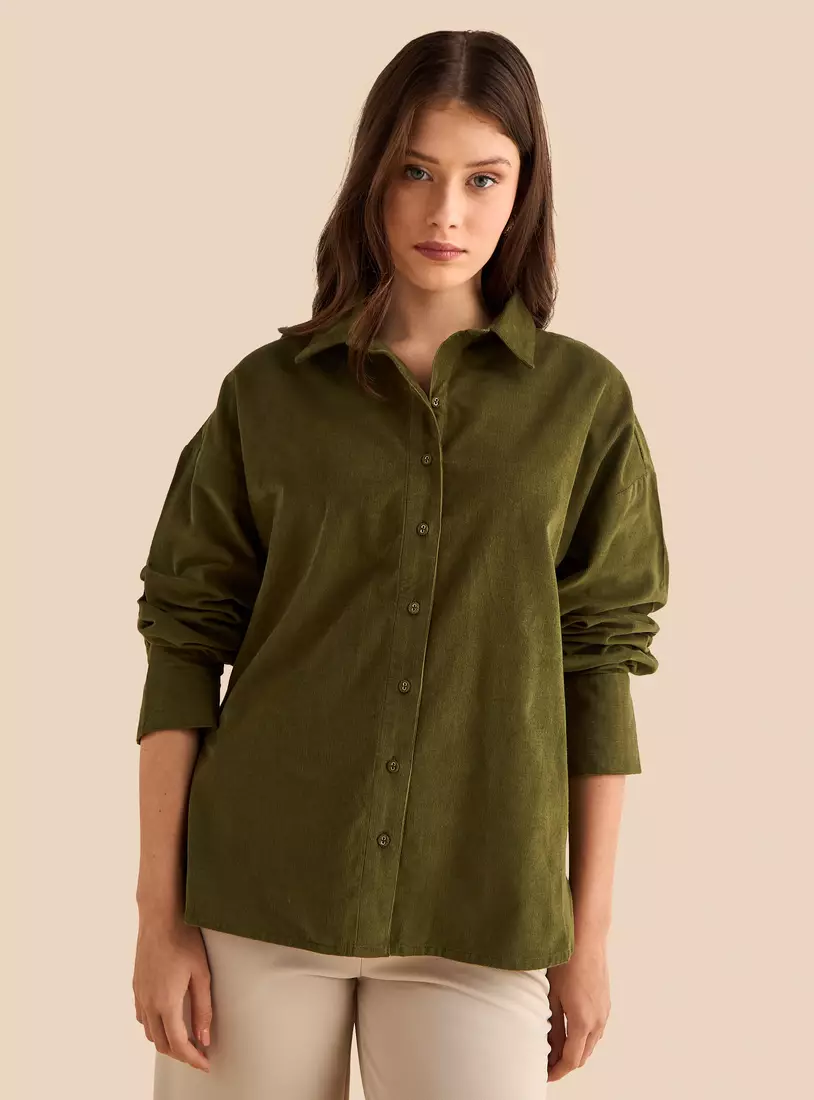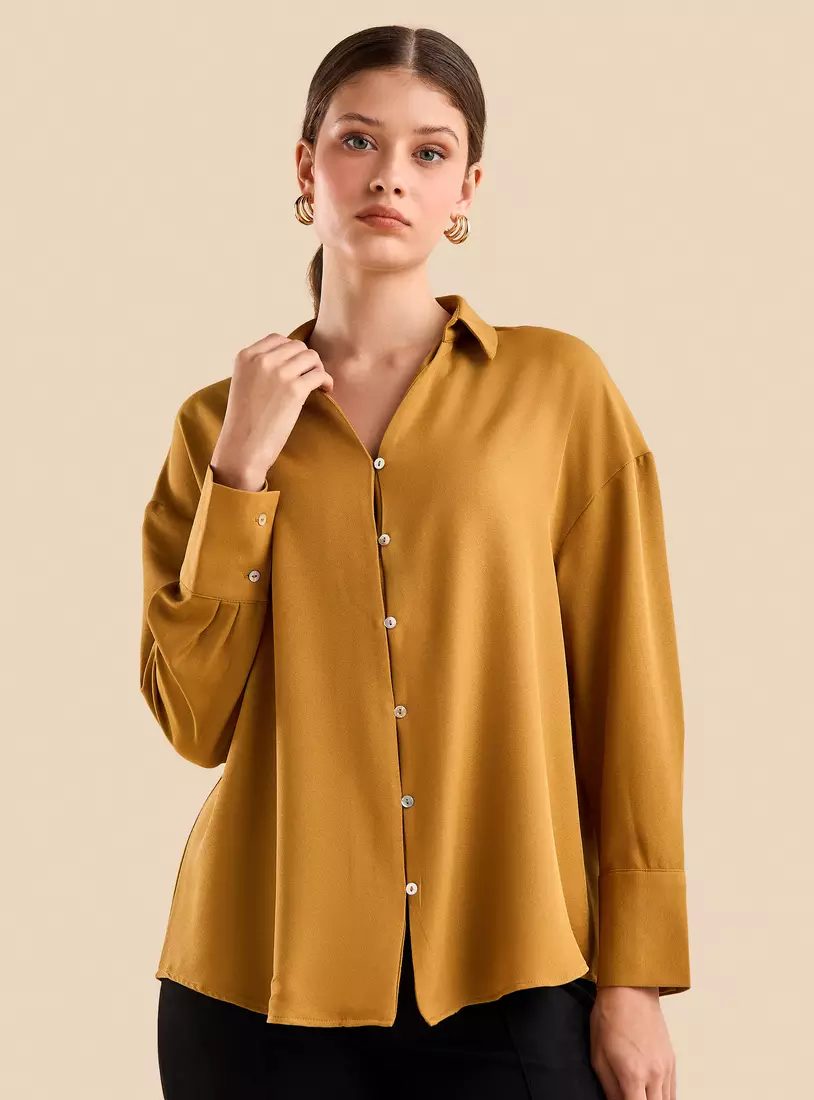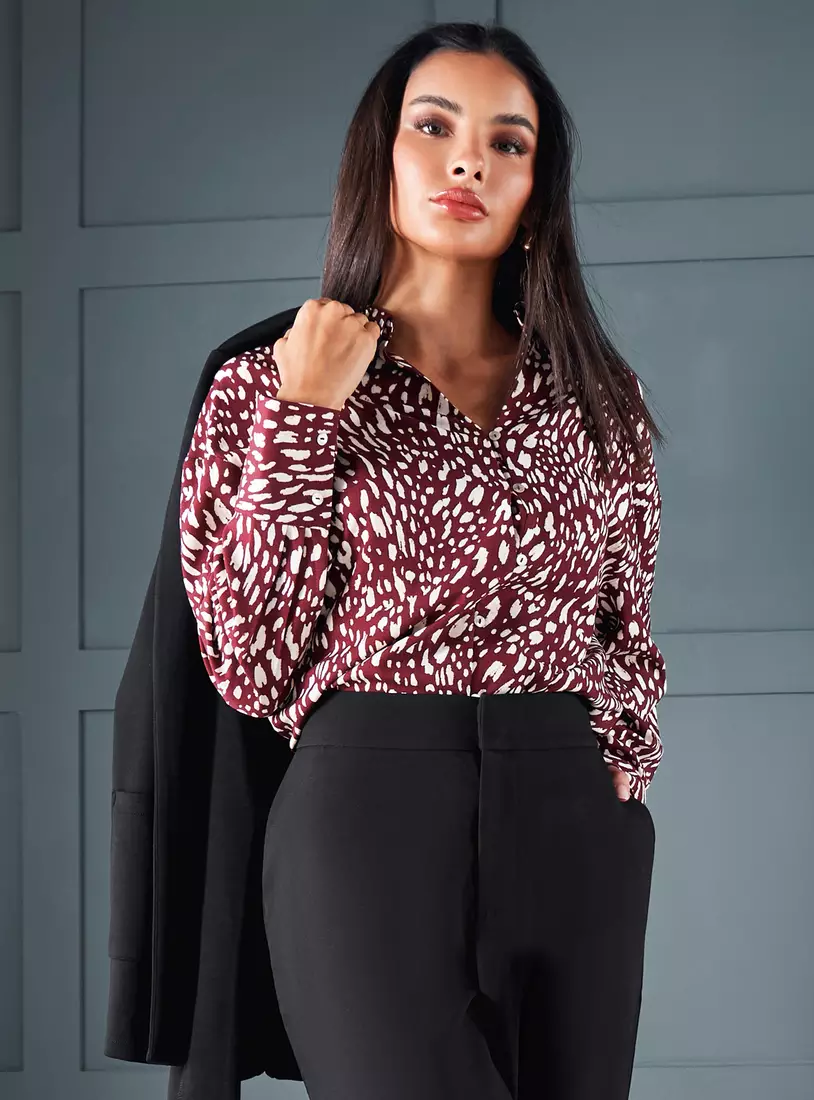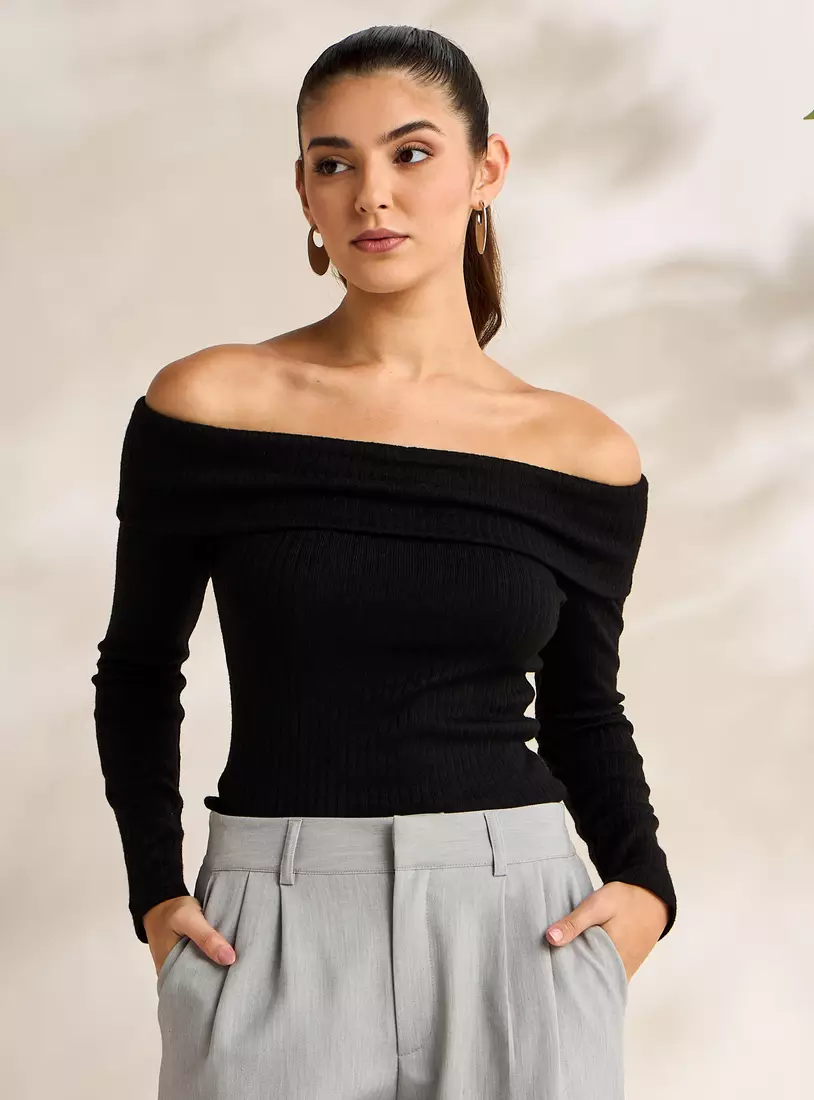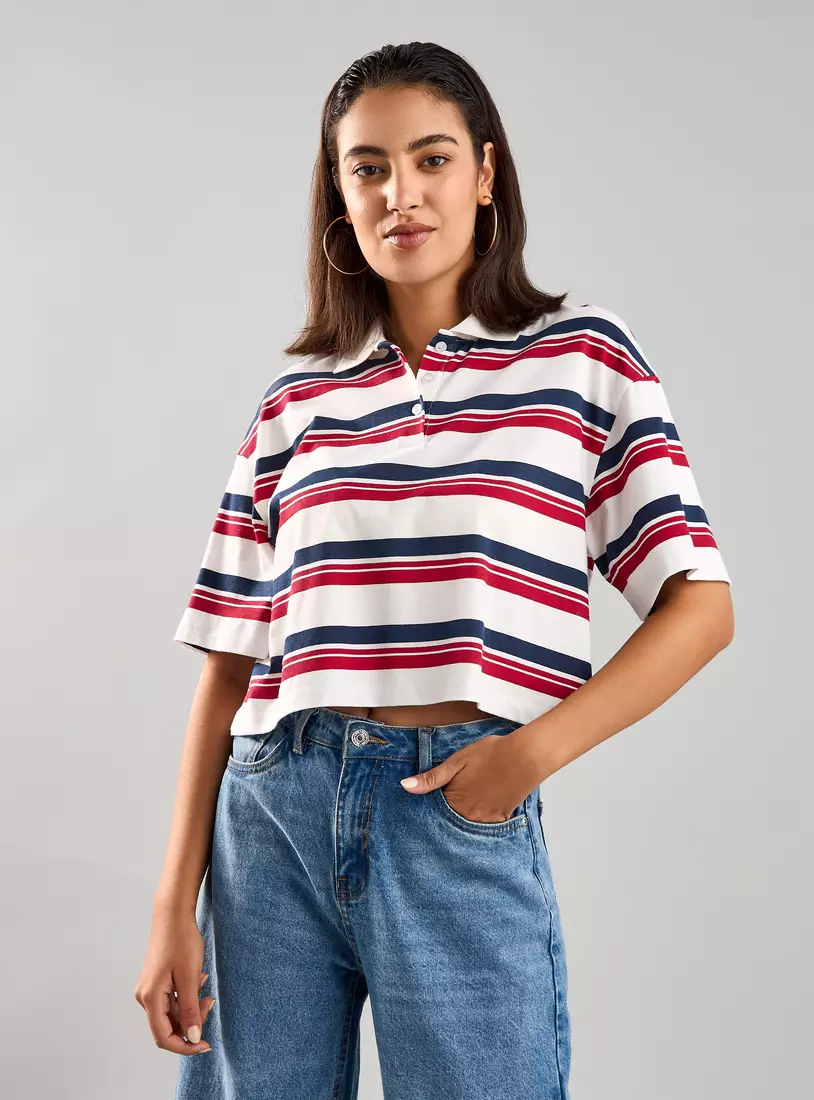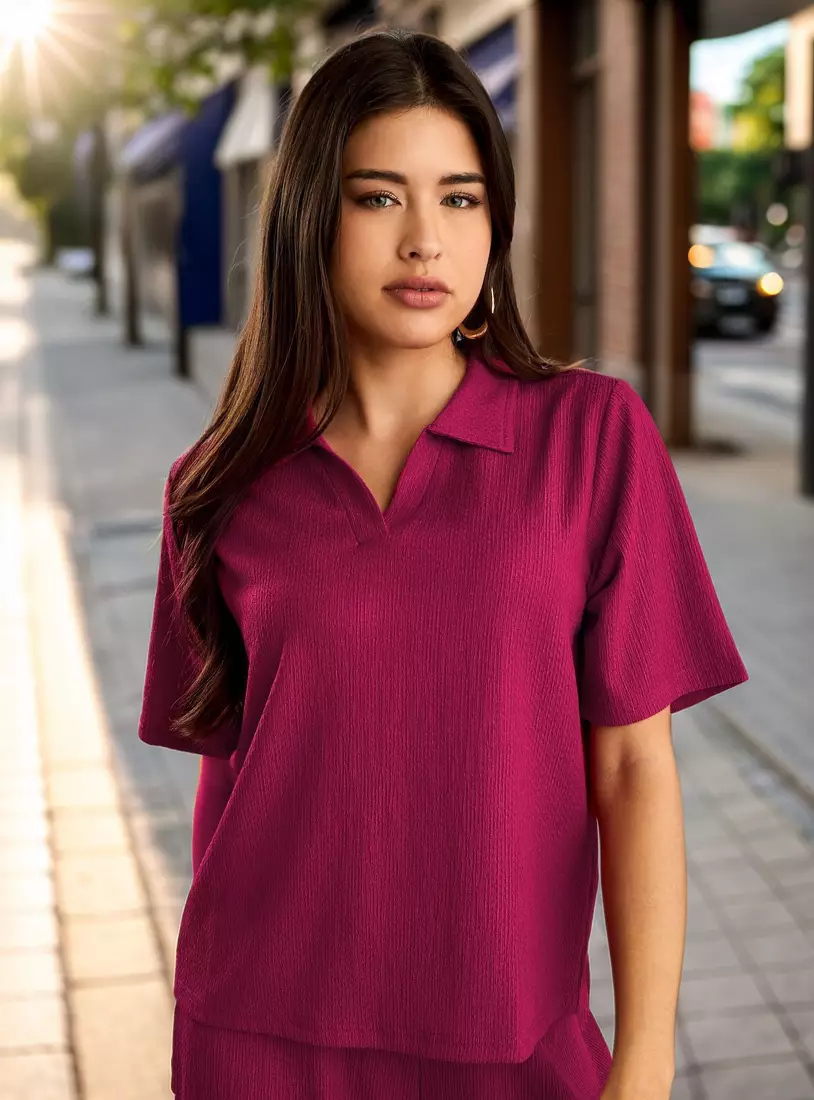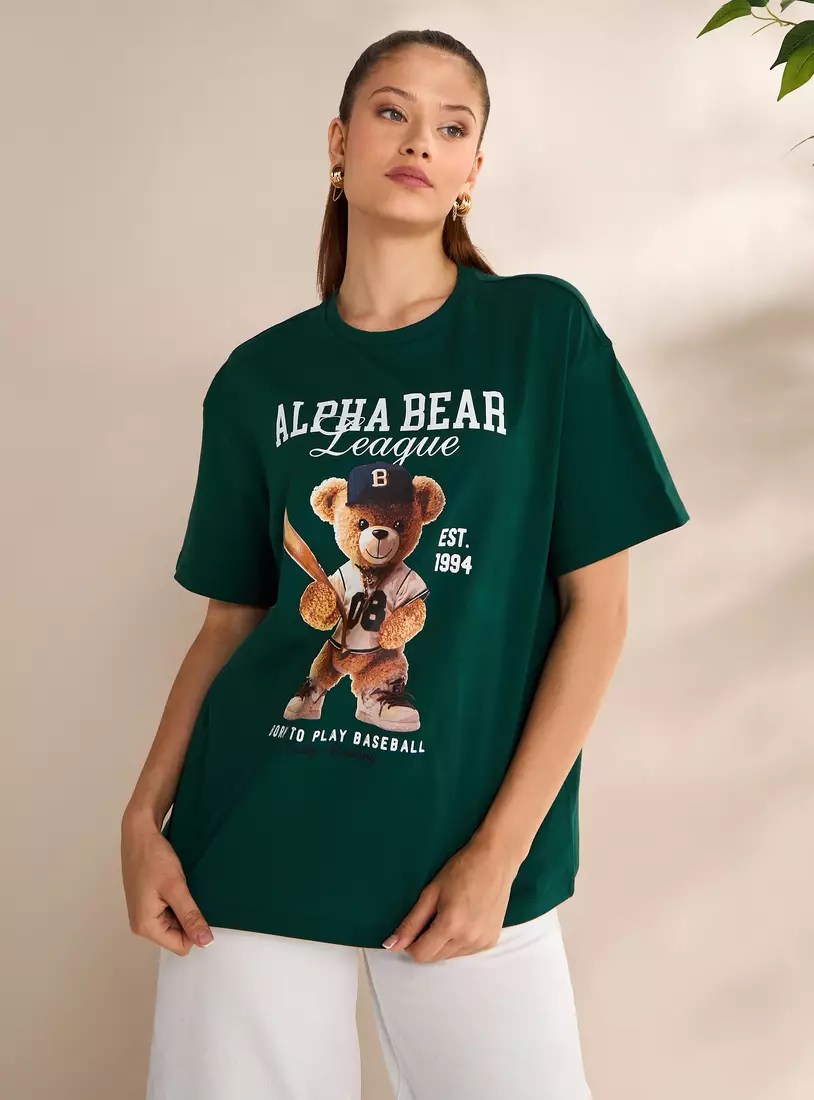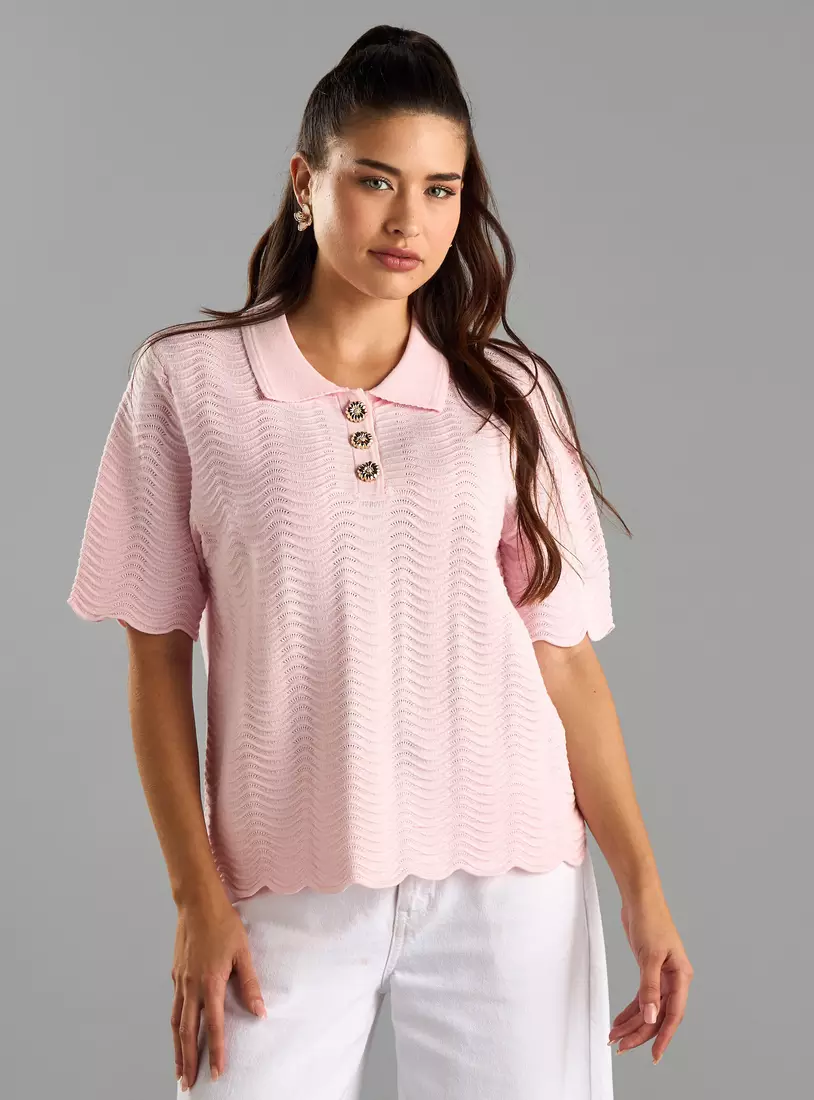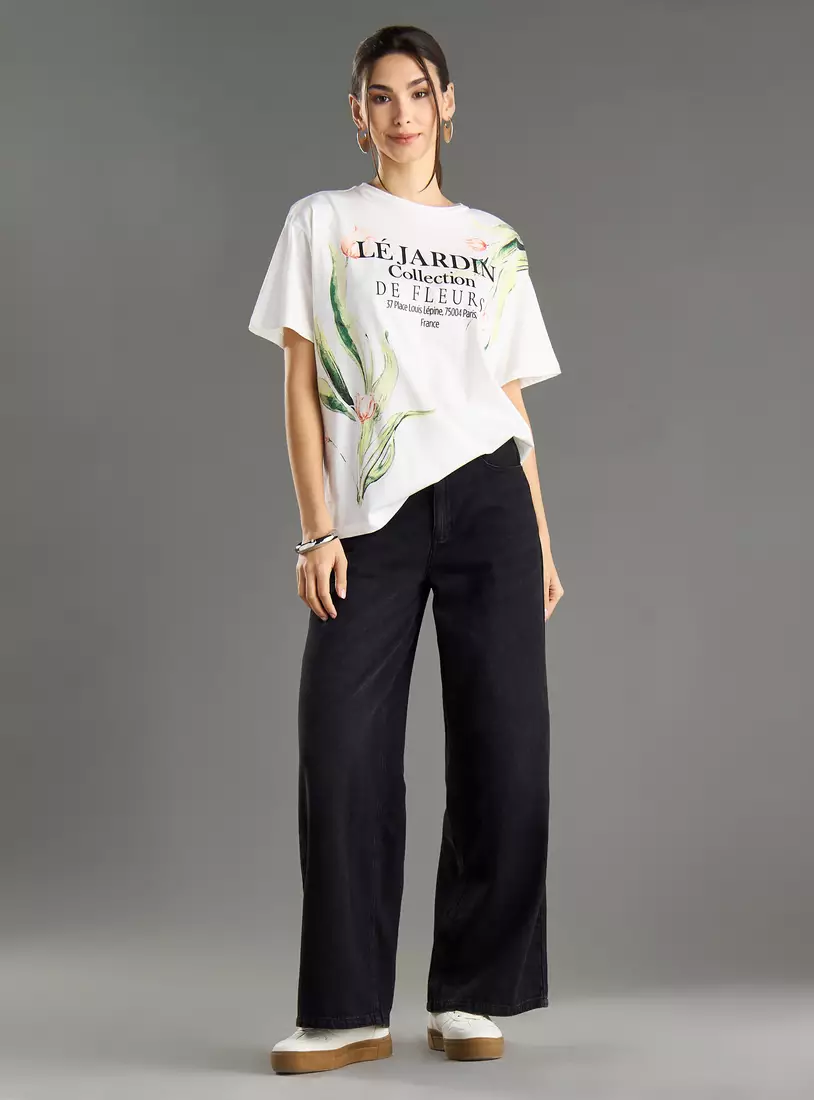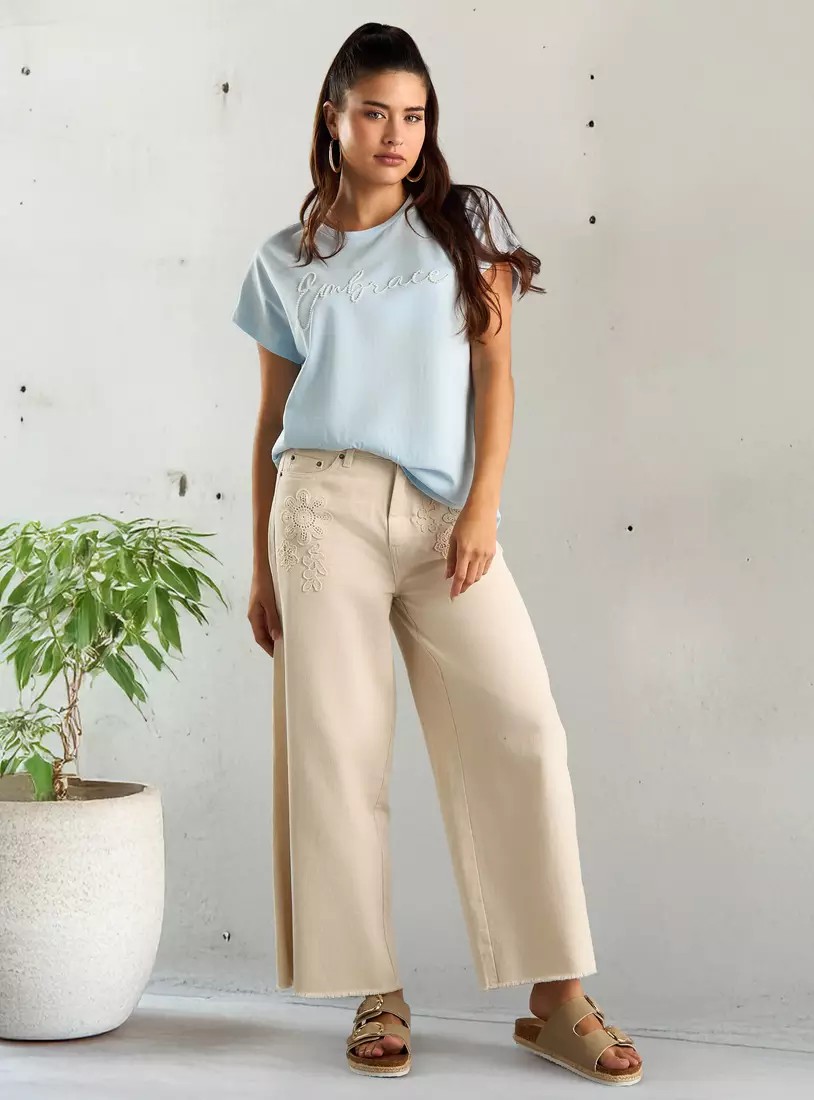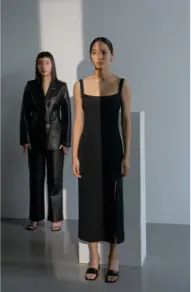Key Features:
-
Defining Textured Fabric: This is the core feature. Common textures include:
-
Sherpa or Fleece-Lined: Ultra-soft, plush, and warm on the inside, often with a smooth or canvas-like exterior.
-
Cable Knit or Wool-Blend: Mimics the look of a heavy knit sweater, offering a classic, cozy aesthetic.
-
Corduroy: Defined by its distinctive “wales” (ridges), providing a vintage, rugged feel.
-
Brushed Twill or Canvas: Has a soft, slightly napped surface that is durable and casually stylish.
-
Quilted: Features stitched patterns that create padded sections, adding visual interest and light insulation.
-
Tweed or Herringbone: Woven patterns that offer a more sophisticated, rustic, or preppy look.
-
-
Shirt-Inspired Styling:
-
Button-Down Front: It almost always has a full button-up front, just like a shirt.
-
Collared: Features a classic shirt collar (point collar or camp collar) that can be worn up or down.
-
Cuff Details: Often includes buttoned cuffs on the sleeves, reinforcing its shirt origins.
-
-
Jacket-Like Substance:
-
Heavier Weight: The fabric is noticeably thicker and more substantial than a standard shirt, providing genuine warmth.
-
Structured Silhouette: It holds its shape better than a shirt, often feeling more like an outer layer.
-
Functional Pockets: Typically includes practical pockets, such as patch pockets on the chest or hands-warmer pockets at the hips, which are common jacket features.
-
-
Versatile Length and Fit:
-
Shackets are usually cut in a relaxed, boxy, or slightly oversized fit. This allows for easy layering over sweaters, hoodies, or long-sleeve tees.
-
The length generally falls at the hip, making it a comfortable and flattering layer that doesn’t bunch up.
-
-
Ultimate Transitional Layer: Its primary role is as a mid-weight layer. It’s perfect for cool mornings, chilly evenings, and days that aren’t cold enough for a heavy winter coat but are too cool for just a shirt.





